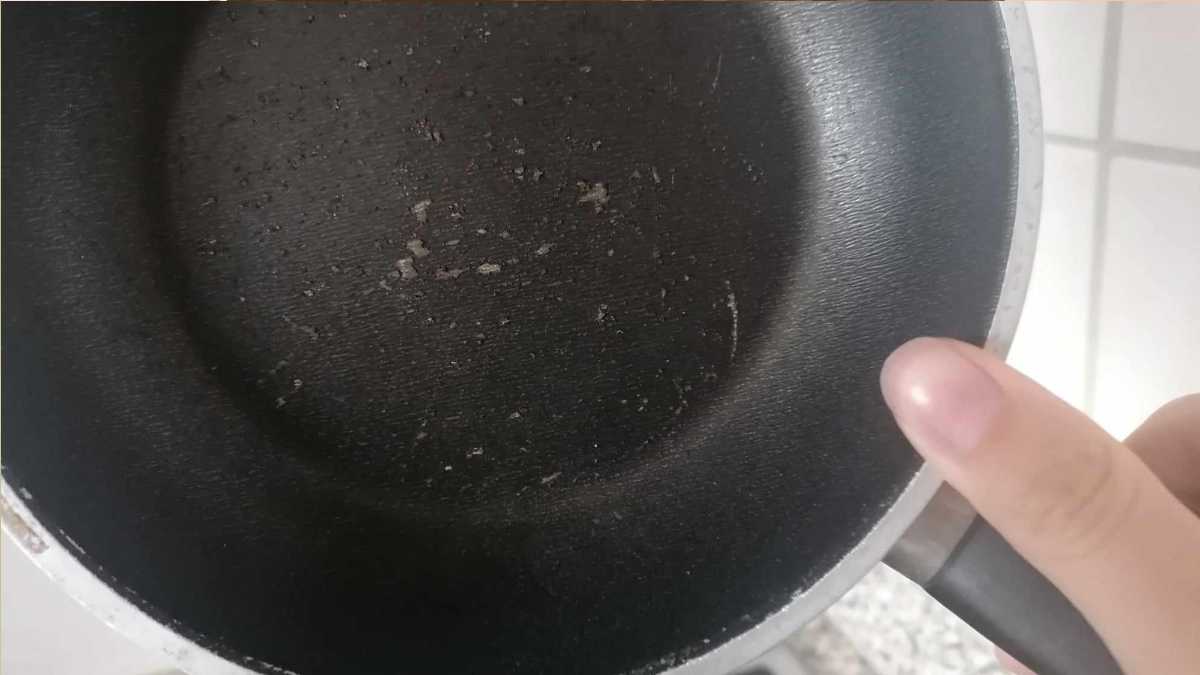Frying pans with a non-stick coating have several advantages: less fat is needed for frying and the pan is also easier to clean. But what happens if the coating peels off over time? Should a coated pan be disposed of directly in this case?
If you notice these signs, you should dispose of a coated pan
In principle, there is no exact time limit for how long you can use coated pans. According to experts, it depends much more on proper care. Despite good care, many pans show more and deeper scratches with age. The scratches are harmless to health but reduce the non-stick properties of the pan. If there are too many scratches, the food could stick to the bottom of the pan – definitely a reason to dispose of the pan. At the latest, however, when the coating in the pan comes off, experts recommend disposing of the pan. But where is the sustainability if you have to buy a new frying pan every few years?
Have the pan recoated
If you dispose of a pan, then not in the residual waste, but always at a recycling center. However, there is another alternative: Some manufacturers offer to recoat pans. It’s best to ask a specialist dealer or search the Internet for suitable offers. Prices are usually between 15 and 50 euros
Health problems due to coated pans?
If small particles do come off the coating and you accidentally swallow them while eating, you can rest assured. The particles of the inert substance “polytetrafluoroethylene” are not digested and are finally excreted unchanged. The so-called polymer decomposes only at a temperature of 680 °F. This leads to toxic vapors. This leads to toxic vapors that can trigger flu-like symptoms.
So, make sure you don’t overheat coated pans – especially if they are already slightly damaged. Consumer advocates advise that pans should not be left on the hot hob for longer than three minutes without contents – and no longer than one minute on induction hobs. Incidentally, the pan’s coating discolors above 440 °F and could even peel off. As long as the frying pan is filled with food, however, overheating is extremely unlikely. Water or food containing water usually does not raise the temperature significantly above 200 °F, i.e. the boiling point of water.
Extend the life of the pan
To extend the life of your coated pan, you should avoid extreme temperature changes. Therefore, when you take the hot pan off the stove after frying, let it cool down before rinsing or soaking it with cold water. Also, use only wooden or plastic cooking spoons and always clean the pan with a soft cloth or sponge. It is often sufficient to wipe out the coated pan with a kitchen towel after use.
If you follow these tips and take good care of your frying pans, you’re sure to enjoy them for a long time to come. However, traces of use, such as small scratches, can unfortunately not be avoided over time. In case of major damage, it is therefore advisable to buy a new pan or at least replace the coating.



